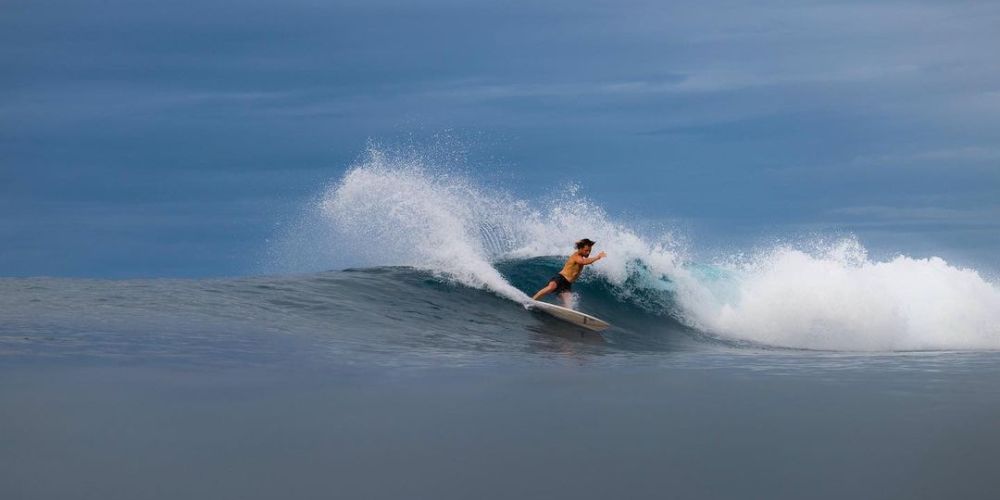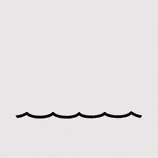Surfing is an extreme sport. And like other extreme sports, injuries can occur. Because surfing takes place in the ocean, other elements, like unwanted encounters with marine life and reef cuts, come into play.
The more you know about surfing injuries, the better you can do to prevent them. This guide will help you understand the most common surfing injuries and their treatment options.
Identifying the Risks
Surfing is generally a safe activity, and you’ll return home from most sessions unscathed. However, there are several risks you should be aware of when you grab your board and paddle out.
First, you should understand that you can sprain or strain muscles when taking part in just about any sport. Stretching and warming up before paddling out is essential.
Before entering the water, make sure to carefully scan for any potential risks, such as rip currents, rocks, or jetties. It’s important to be aware of any obstacles that may pose a danger. Additionally, it’s crucial to know your own limits and avoid entering the water if the waves are too big or rough for your skill level.
Surfing Safety Gear: Prevention
Surfing doesn’t require a lot of gear, and as surfers, we’re thankful for that. There are a few items you can pick up to help keep yourself safe while surfing.
Leash
A leash is the most critical piece of safety gear you’ll need. It attaches the board to your leg, so your board is always nearby. You don’t have to swim to the shore to retrieve your board after every wave, and you help keep others in the water safe.
Surf Helmet
Surf helmets are becoming increasingly popular, as they protect the head from major injuries. A surf helmet is especially useful when surfing over reefs or rocks.
Reef Booties
Reef booties are neoprene shoes that protect your feet from the sharp reef.
Ear Plugs
Surfer’s ear is an injury in which bone growth occurs in the ear canal. It happens due to repetitive cold water exposure. Ear plugs can help prevent painful surfer’s ear and the surgery required to repair it.
Surfboard Nose Guard
This small piece of rubber covers the nose of your surfboard, so it has a softer edge. It also protects the nose of the board from cracks and dings.

Soft-Edge Fins
Fiberglass surfboard fins cause various surf injuries, as they are extremely sharp. However, there are numerous softer fins available. It’s important to note that the soft fins affect performance, so they’re not ideal for advanced surfers.
Common Injuries: An In-Depth Look
The following are some of the most common surfing injuries.
Fin Cuts and Collisions
The sharp fins are responsible for many surfing injuries. They can cut you or other surfers if your board makes contact with them.
Your surfboard may also become airborne when you fall, causing it to fly back and hit you. This can be extremely dangerous, so cover your head whenever you fall off the board.
Reef Cuts, Sea Urchins, and Marine Life
Contact with the reef can lead to painful cuts that may become infected. Similarly, the reef may also be inhabited by sea urchins. Their long, skinny spikes stick inside the skin and cause severe pain.
The chance of experiencing a shark bite is rare, but it does occur, as well as contact with other marine life, like sting rays and jellyfish.
Knee Injuries
Knee injuries are potential injuries in most sports, and surfing is no different. A common knee injury in surfing is tearing the anterior cruciate ligament (ACL). ACL tears occur when you make a sudden change of direction, which is highly common in high-performance surfing.
Meniscus tears, sprains, and strains are other common knee injuries associated with surfing.
SURFING FIRST AID KIT: TREATING INJURIES
Many surfing injuries, like sprains and strains, can heal with rest, ice, compression, and elevation. However, others, like ACL and meniscus tears, may require surfing and multiple months out of the water.
It is recommended that surfers always have a first aid kit on hand, whether it’s in their vehicle, bag, or nearby. Accidents such as contact with fins, boards, reefs, rocks, or other surfers can happen, but having a first aid kit can help treat injuries that may occur.
Always check for the nearest lifeguard stand, so you know where to go for help if you or someone else in the water experiences an injury.
When To Consult Professional Help
Surfing injuries can sometimes be severe and cannot be treated with a basic first aid kit. Some collisions may lead to stitches, a concussion, or other serious injuries that require immediate professional assistance.
Generally, if a lingering injury does not improve after a few days of rest, ice, compression, and elevation, it’s time to see a professional. Other signs that it’s time to see a doctor include, but are not limited to:
- The condition worsens over time
- A bone is clearly dislocated or broken
- You can’t bear weight on the injured area
- You sense tingling or numbness
- You’re experiencing a fever due to the injury
Caution: Understanding Weather and Waves
Surfers must learn about weather, rip currents, and waves before their first attempt at surfing. All surfers must respect the ocean and understand that conditions can change at a moment’s notice. Always know your limits; don’t enter the ocean if the conditions feel too extreme.
Remaining aware of injuries that can occur and where to seek assistance is essential to enjoying an epic surf session. Many of the potential injuries associated with surfing are common in other sports too. Don’t let the fear of injury prevent you from enjoying this life-changing sport.
At Hollow Tree’s Resort, we understand that safety is our top priority. That’s why we have an expert team of surfing professionals, who are dedicated to providing you with the best possible care in the event of an injury and helping you get back on the waves as quickly as possible.
We also have a trained surf crew who can help you learn how to surf safely. They will teach you the proper techniques and how to avoid injuries.
So if you’re looking for a safe and fun place to surf, Hollow Tree’s Resort is the perfect choice. We have everything you need to enjoy your vacation without worrying about injuries.

Here are some additional benefits of choosing Hollow Tree’s Resort:
- We offer a variety of surfing lessons for all levels, so you can learn at your own pace.
- We have a wide variety of surfboards to choose from, so you can find the perfect one for your skill level.
- Located right in front of one of the finest right-handed waves in the world.
- We are located in a beautiful spot with perfect waves for surfing.
- We offer a variety of other activities, so you can enjoy your vacation even if you’re not surfing.
We hope you’ll consider Hollow Tree’s Resort for your next surfing vacation. We can’t wait to see you on the waves!
Related Read: Surfing for better health , Surfing stretches prepare your body to surf




